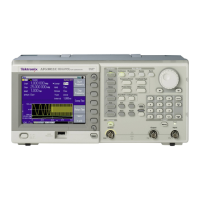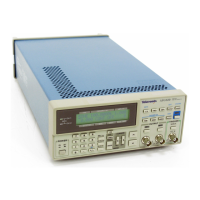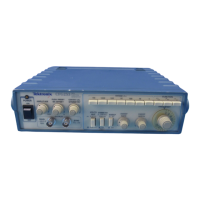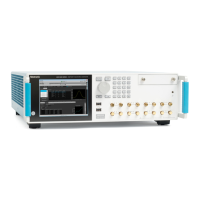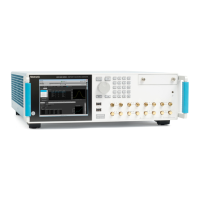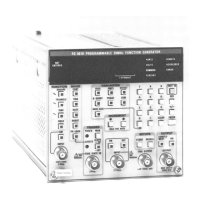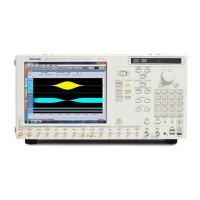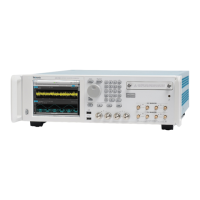GPS7 GPS Synchronization and Timecode module
ANTENNA POWER.
The ANTENNA connector on the rear panel can supply DC
power for a connected GPS/GLONASS antenna. Use the left (◄)orright(►)
arrow button to select from the following antenna power settings:
CAUTION. To avoid antenna damage, do not turn on the DC antenna power until
you know that the antenna is designed to handle the selected voltage. Antenna
damage can occur if the antenna is not designed to handle the voltage you select.
OFF: No power is supplied to the GPS/GLONASS antenna.
3.3 V: Supplies 3.3 V DC to power the GPS/GLONASS a ntenna.
5V:Supplies 5 V DC to power the GPS/GLONASS a ntenna.
When the ANTENNA c onnector is configured to provide power to the antenna,
the rear-panel POWER indicator lights as follows:
Blinks green to indicate an open circuit. This occurs if no antenna is
connected or if the current load is less than expected because a splitter or DC
block is being used.
Displays solid red if the connected antenna is shorted. A shorted antenna will
not damage the GPS7 module. If a splitter is used on the antenna, it may
appear as a short at D C but still pass through the RF signal, which would
allow the GPS to function.
Displays solid green if the current load of the antenna is within the nominal
range.
POSITION. Use the left (◄)orright(►)arrowbuttontoselectFixed or Mobile.
The Fixed and Mobile settings define how the GPS/GLONASS rece i ver calculates
the time and position information.
In fixed mode, an averaged position is stored in flashmemory,andonlythe
time is calculated each second. This provides greater stability of the time
information, and allows operation with fewer satellites. This mode is well suited
to broadcast-type installations where the antenna and mainframe do not move.
Mobile mode recalculates both the position and time each second. This allows
for compensation of velocity and acceleration, so the frequency and timing
information stay correct while moving, at the expense of some stability. This
mode is required if the antenna and mainframe are moving.
For applications where the position changes occasionally, but where the antenna
and unit are not moving, then either mode may be applicable. Mobile mode
may boot up faster since it does not need to average 60 fixes to establish a fixed
location. However, fixed mode can run with fewer satellites once the position
is stored.
TG8000 Multiformat Test Signal Generator User Manual 3–131
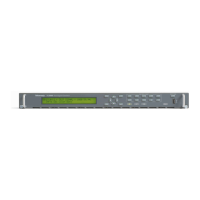
